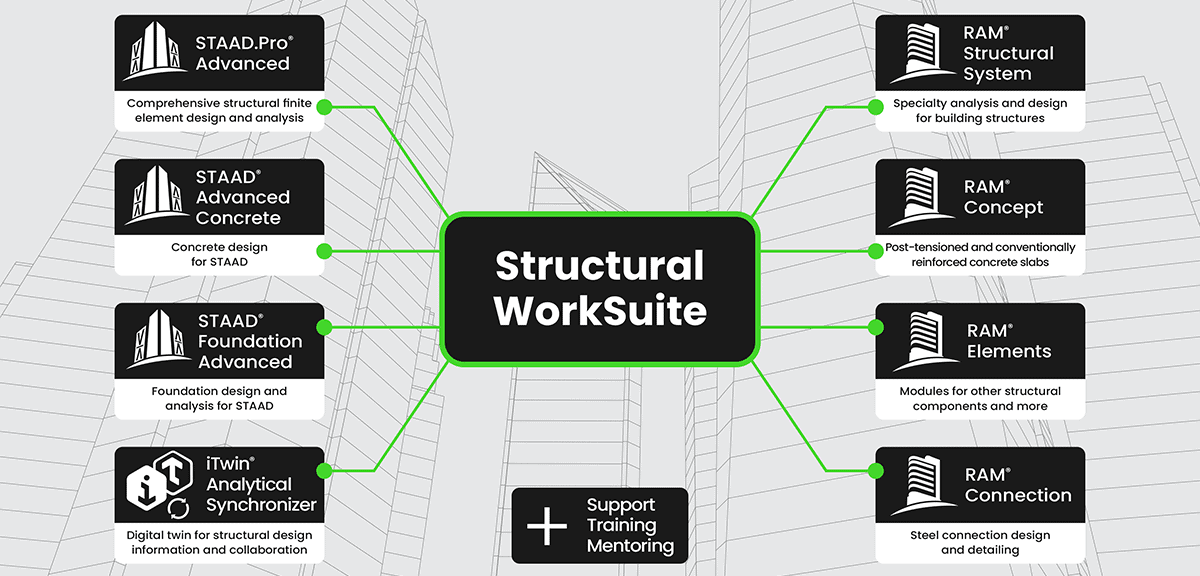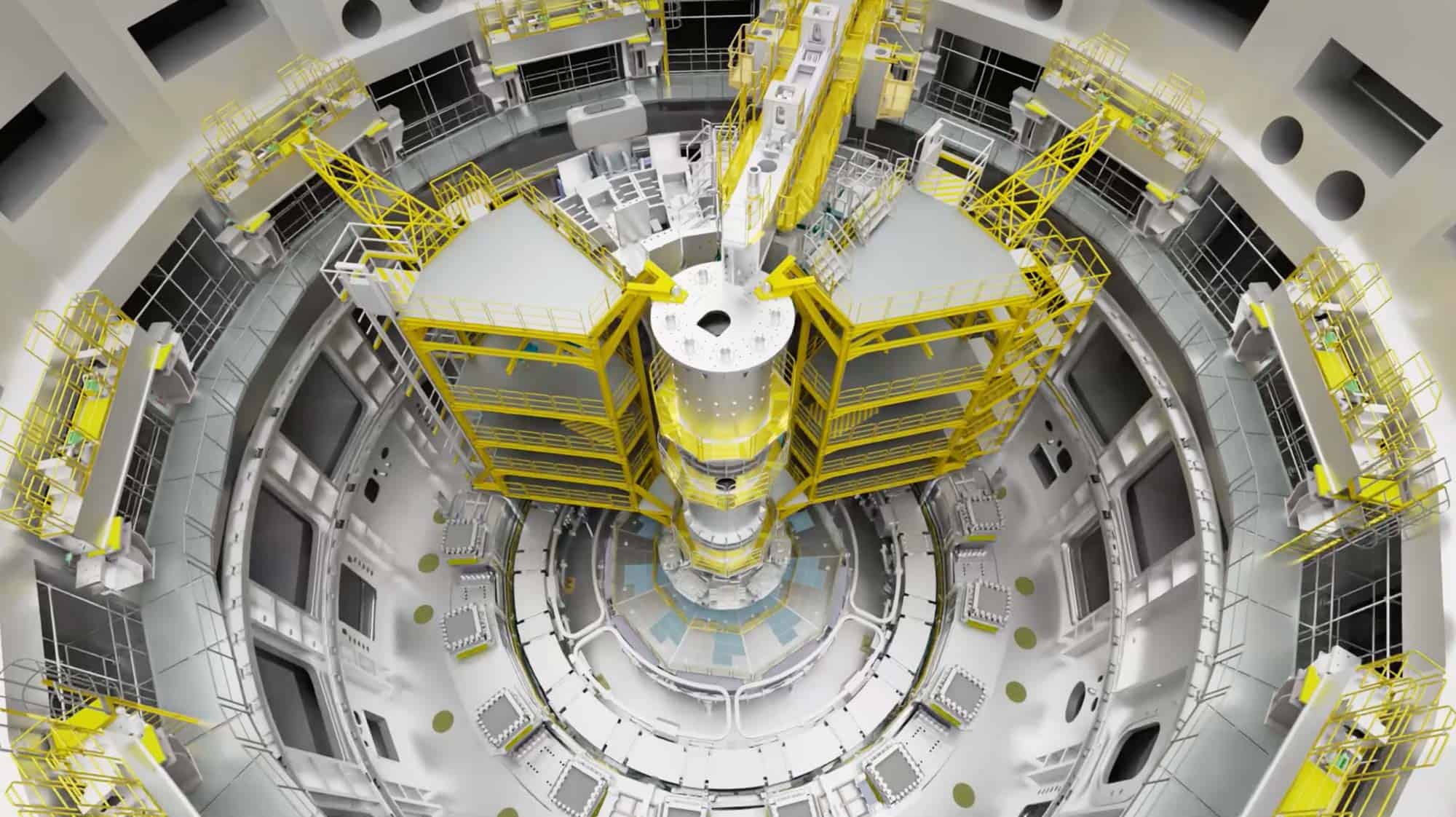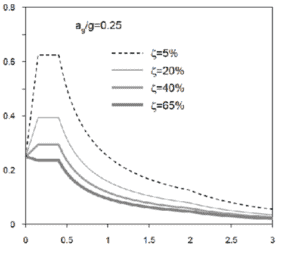ADINA is used worldwide for complex analyses. The Southwest Jiaotong University conducted an analysis under contract to study the structural integrity of the roof of a large railway station at Hohhot, Inner Mongolia, in China.
The roof considered is the wide-span steel structure shown in Figure 1. The circular dome shown in the middle has a diameter of 80 m and is 16 m high. The dome is supported at its rim by transitional trusses that connect to the surrounding structure. The small circled zone on the rim of the dome shows the area of interest for which laboratory test results were obtained, see Figures 2 and 3.
Nonlinear finite element analysis, in which materials can be taken beyond the elastic and plastic ranges to explore rupture under excessive strains and investigate failure mechanisms, is a powerful tool when combined with physical testing. Through finite element computer simulations, the amount of expensive and unpractical physical testing can be limited; in turn, physical testing will allow the calibration and validation of the computer simulation models. The combination of both physical and computer simulation can lead to a great combination of engineering understanding and cost-effectiveness when compared to only physical testing approaches.

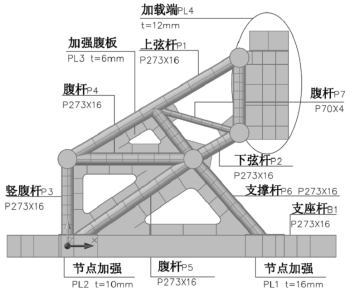
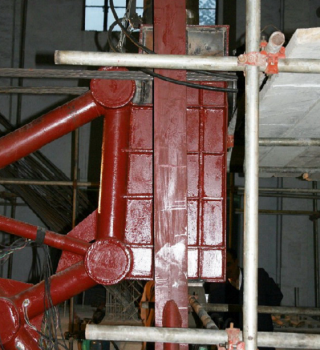
A 3D CAD model was created and imported into ADINA using its CAD import features. A finite element analysis was subsequently performed in ADINA. The finite element model is shown in Figure 4.

The behavior of the structure under load was simulated and compared with experimental results. Figure 5 shows the deformations and effective stress calculated using ADINA.

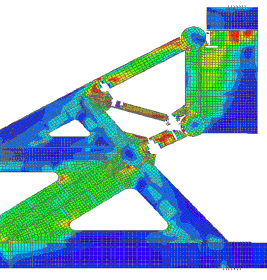 Figure 6: Analysis results predicting failure of structure
Figure 6: Analysis results predicting failure of structureUsing the advanced nonlinear and material rupture capabilities in ADINA, the designers were able to determine the vulnerable parts of the structure, which helped to improve the safety of the overall roof design. This is one of many examples of the use of the reliable and effective finite element procedures in ADINA, allowing engineers to analyze in detail structures and their most critical components, with confidence, not only under normal, but also extreme loading conditions, resulting in large deformations, large plastic strains, and potential structural failure.
Courtesy of Southwest Jiaotong University

